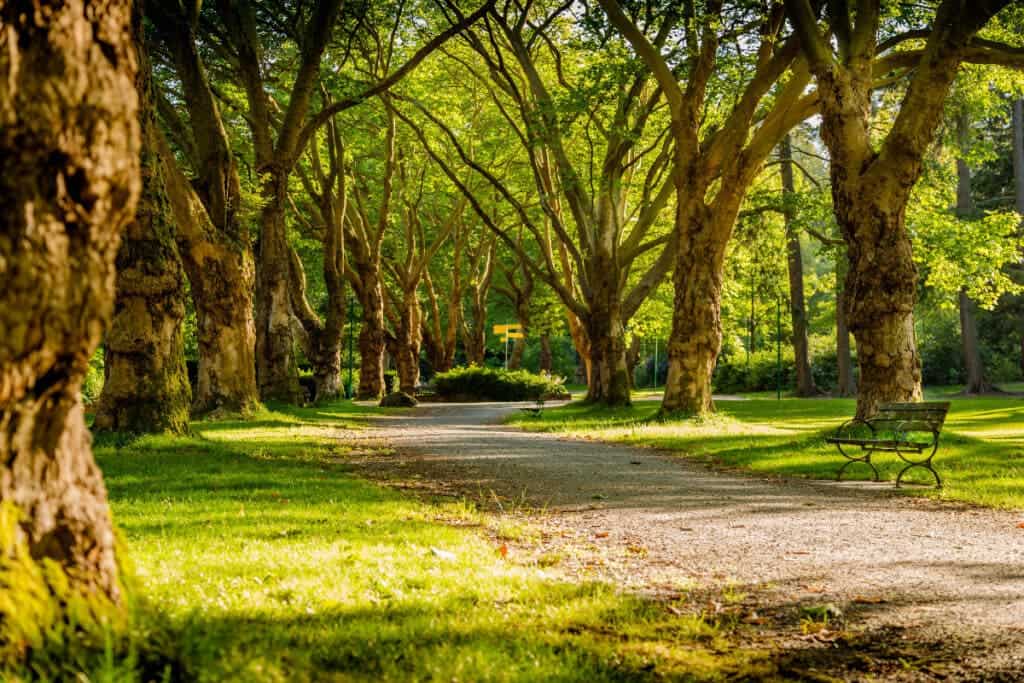
Research is consistently showing that spending time in nature is good for your health and mental wellbeing. Even if you’re living in a big city, parks can be of great help, and science has shown that even a couple of hours a week can make a big difference.
With this in mind, a team of researchers set out to measure the happiness effects of city parks in the 25 largest US cities. From NYC to LA, researchers wanted to see which big parks make people the happiest. The researchers used information from unlikely sources (Twitter posts and geolocation data) to quantify the happiness benefit that people get from nature. It’s not the first time this approach has been used, but it’s the first time it’s been deployed at such a scale.
“We’re interested in understanding the reasons why improvements in well-being are associated with time spent in nature. We’ve used the methodology in dozens of other studies, but this is the first time it has been applied for parks at the national scale,” said Chris Danforth, a mathematics professor at the University of Vermont, and co-author of the study.
In total, the researchers analyzed over 1.5 million tweets published from the 25 largest city parks in the US, comparing them to tweets posted in other places. When people were in parks, they were more likely to post positive tweets containing words like “beautiful,” “fun,” “enjoying,” and “amazing”.
“We counted the appearance of several thousand words for which we can estimate the emotional impact they convey. People post tweets with negative language less frequently in parks than they do in the same city, at the same time, outside of parks,” Danfort explains.
This type of analysis provides a relative measure, Danforth told ZME Science, but this shows that parks improve happiness by as much as a holiday. But not all parks were equal.
“Being in nature offers restorative benefits not available for purchase in a store, or downloadable on a screen,” the researcher says. “However, not all parks appear to be equal when it comes to happiness. The ability to immerse yourself in larger, greener natural areas had a greater effect than smaller paved city parks.”
Researchers were surprised to see that park funding per capita (which previous research by others had suggested would be key) was not the thing that made people happiest. Instead, it was the size of the park that made people happiest.
It’s not clear why this is, the team notes, but it could have a very simple explanation: people want to disconnect themselves from the taxing environment of the city, and a big park offers an excellent opportunity to get lost in nature (metaphorically, not literally) — whereas in a small park, it may be difficult to fully escape the angst of the city. However, this is still speculative and the study did not analyze this in detail.
Furthermore, researchers point out an important limitation of their study: people who are enjoying nature the most don’t tend to tweet while they’re enjoying themselves. So we need better ways to quantify the improvements that parks bring to people and figure out ways to help urban dwellers make the most of these parks.
“We’d like to hone in more specifically on the processes of restoration offered by natural environments. Tweets probably won’t be the best reflection; better people put down their phone.”
Here is the full ranked list of the US city parks that make people the happiest:
- Indianapolis
- Austin
- Los Angeles
- Jacksonville
- Chicago
- Dallas
- Memphis
- Denver
- New York
- San Diego
- San Francisco
- Philadelphia
- Phoenix
- San Jose
- Detroit
- Seattle
- San Antonio
- Houston
- Fort Worth
- Washington
- Columbus
- Charlotte
- Boston
- El Paso
- Baltimore
The study was published in PLoS 10.1371/journal.pone.0261056.






